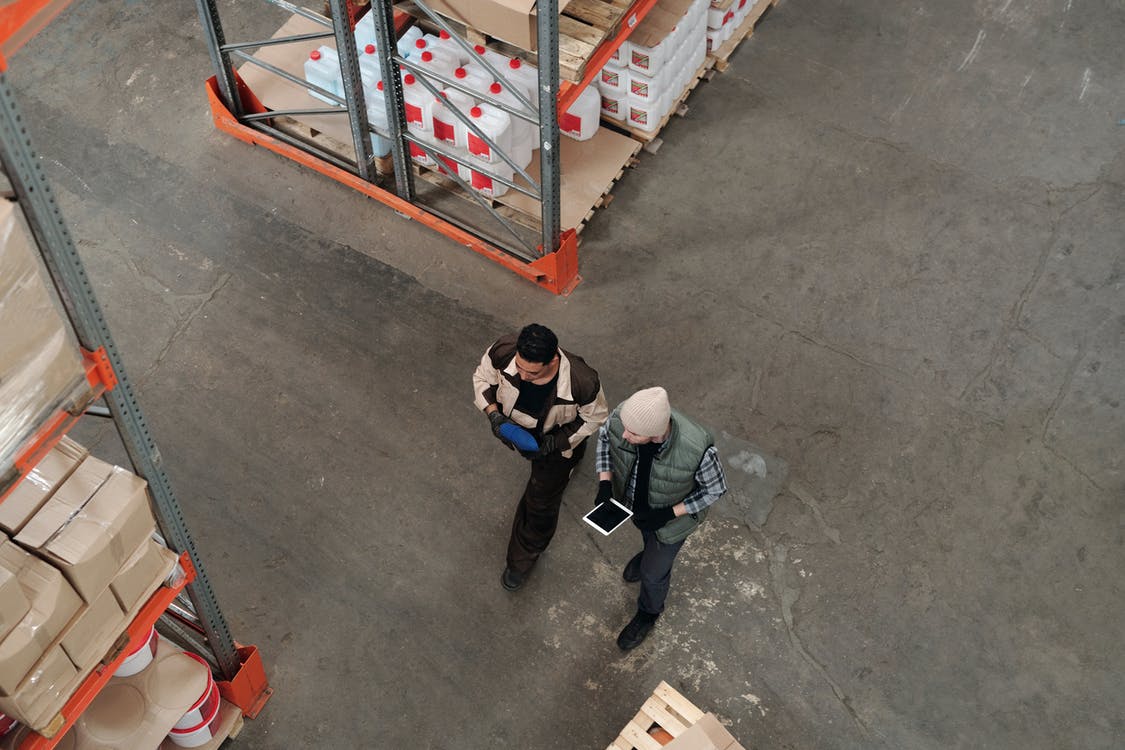
Bulk bags are best manufactured with the highest quality materials. The best bulk bag manufacturers know how to produce custom-made, durable and reliable products for their clients. With the best bulk bags manufacturing company, you can rest assured that your product will be safe and secure at all times. These companies make sure that they use only high-quality material in the production process and it is evident in the finished product as well! So here are the steps that best bulk bags manufacturers use in the process of making the bulk bags!
Extrusion
The extrusion process involves melting and shaping a mix of basic ingredients into tapes with specific measurements. The polypropylene granules used in this stage, along with other materials like calcium carbonate or UV inhibitors may also be added at different concentrations depending on what type of durability you want your product to have, after that the color pigments are applied for adding additional aesthetics.
Weaving
The tapes formed through the previous step are loaded onto weaving looms to form the body of a bulk bag. Here, strong but breathable fabric is woven into shape that can hold up industrial products and consumables with ease, however at this point material is still subject to water damage, which leads us to the next step.
Moisture Proofing
There are three successful bulk moisture proofing technologies, activated carbon lining, polyurethane resin gas- abrasion, and vacuum membrane. Urethane moisture proofing, used in bulk bags due to its lightweight, resistance to tearing and scratching, and ability to flex easily is commonly achieved through mixing liquid urethane materials (one part) with powdered solids (seven parts). The ingredients are mixed slowly until they form a uniform white paste. When the mixture solidifies, it gives off heat which can reduce safety precautions like goggles or gloves if not handled safely; once cooled down though, the heated material becomes cool enough for workers to apply it to the fabric before sending it to the next step.
Cutting
The process starts with cutting the slitting film to predetermined dimensions of the final product. Next, a smooth and even slot is formed by pulling the edges together until it is flat and tight.
The actual bulk bag itself can either be rolled onto a master or mandrel to form one long slab of plastic, or it can be fed through an extruder for multi-layer bags. Using "twin-screw" extruders for this process provides excellent control over thickness and gauge variability – two important properties that ensure the bags to meet strict quality standards.
Printing
Bulk bag printing is often done with both roll-fed and tabletop machines. Some of these printers are used for monochrome graphics, while others offer full color to really get the desired effect. Inkjet technologies don't use UV ink that cannot be dried by air; instead they rely on solvent inks which can dry to any flexible material. Roll-feed printers pull the film roll along a fixed track until it reaches the desired location, whereupon it 'punches' out one sheet at time (much like an old dot matrix printer).
Webbing
Bulk bags are typically made from a variety of materials, the most common being polypropylene fabric. This is spun into webbing and then cut to precise measurements determined by production size requirements - it's an important stage in producing parts that will be used for handles of the bulk bags.
Sewing
This stitching is what makes the bag durable. The industrial sewing machine does it's job well, ensuring that each seam will stay tight and secure with no creases or bends along any of its sides or bottom ends!
Inspection
Quality control inspectors use a checklist to make sure that each bag meets the required standards. If they find any bags which are insufficiently sewn, these will be removed and replaced with new ones before shipping them off.
Burst Test
Bulk bags that are going into production need to demonstrate they can hold their weight by testing the Safe Working Load (SWL). A certain number of bulk bag samples go through an examination as part of this process, which is important for ensuring the production of strong and durable bulk bags.
Packing & Dispatch
After the process of production is complete bulk bags are folded neatly and then compressed in a Bale Press machine. This helps to reduce their volume, which keeps them from being too heavy for shipping. Once this is complete, they are ready to be dispatched to the customers.
